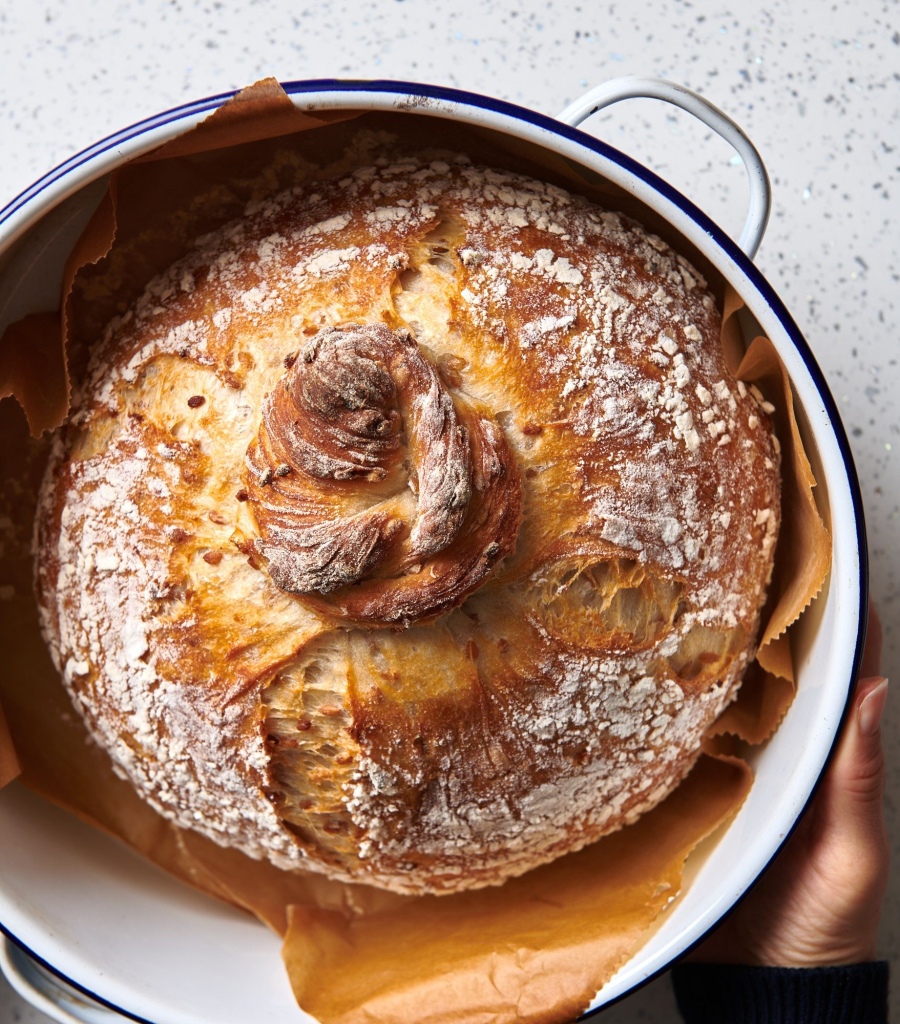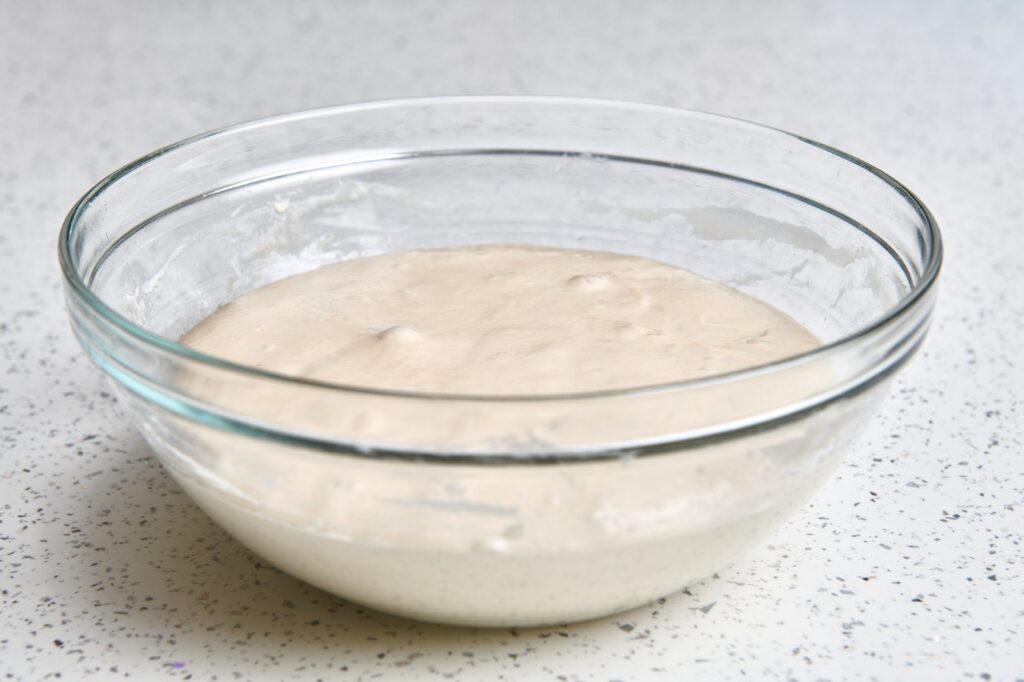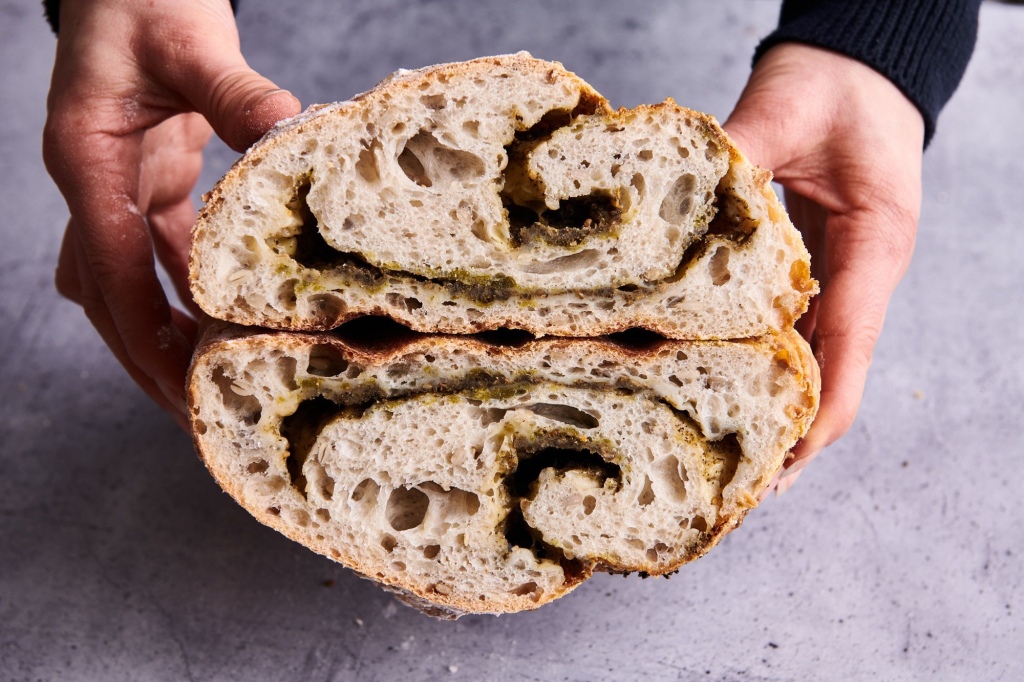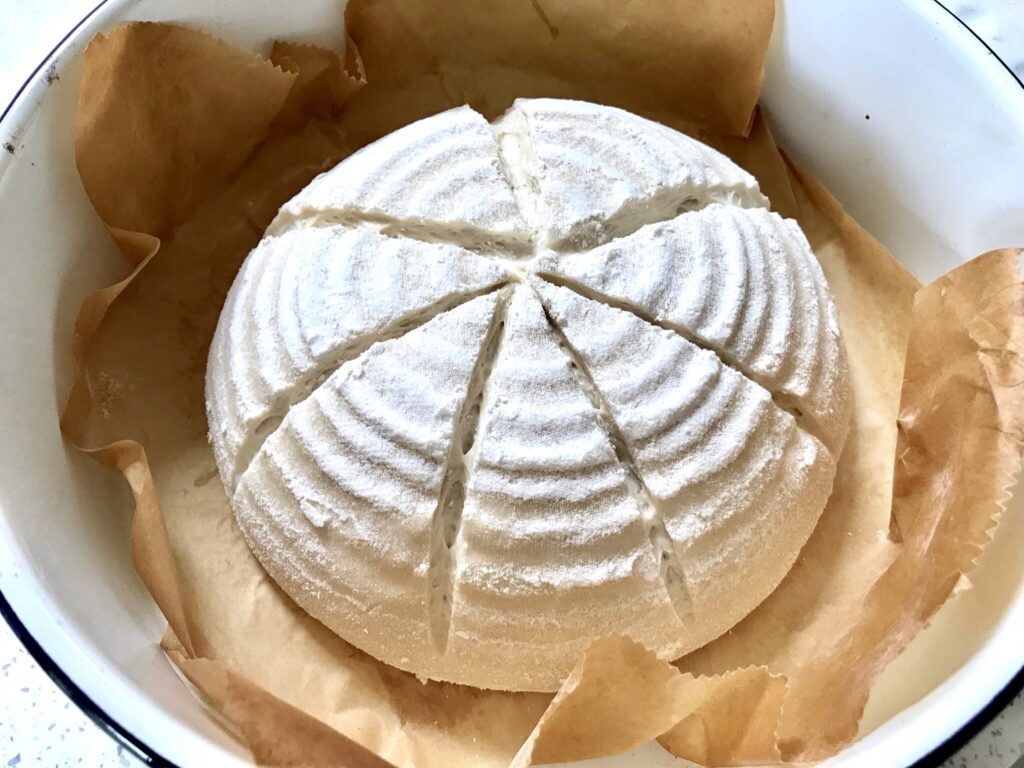
A question that I am often asked is: where can I get a better lame, mine does not seem to work that well?
And as much as I have a very beautiful new branded lame I might very happily wish to sell you, usually the issue is not actually the lame, it is the dough.
If you are having issues scoring your dough, it truly is unlikely to be an issue with the lame. Instead my questions to you would be:
Was your dough soft and sticky after the overnight proof?
When you turned your dough out from the banneton did it spread?
When you tried to score your dough did the lame just drag through it?
Did the dough collapse and not hold any shape?
But first and foremost, I would ask, how did your loaf bake?
The answer to all of the questions that I get posed about dough and loaves, is always, how did the loaf bake; because if your dough bakes to a wonderful loaf that you thoroughly enjoyed, then it does not matter how the scoring went, or how your dough behaved.
However, if you feel you would like your loaf to be somewhat enhanced or different, then read on..
If you have a nice sharp lame, or a thin sharp blade that you use, and still it drags through your dough, your dough needs some input. If your dough is soft and sticky it either needs less water from the start, or it over proved, or just needs to be pulled tighter for the banneton.
And in which case, this post will help you.
If you are happy with your dough but would like an cleaner surface to score, or more time to score pretty patterns, before baking, place your banneton full of dough into the freezer for 30 minutes, then turn it out, score and bake.
If you would like to purchase one of my lames, of course you would be more than welcome and you can find them here. But to get the best out of using them, or whatever you have got, work on firming up your dough first. Then score slowly, be decisive, and score deeper than you probably think you need to. If I can help, get in touch.
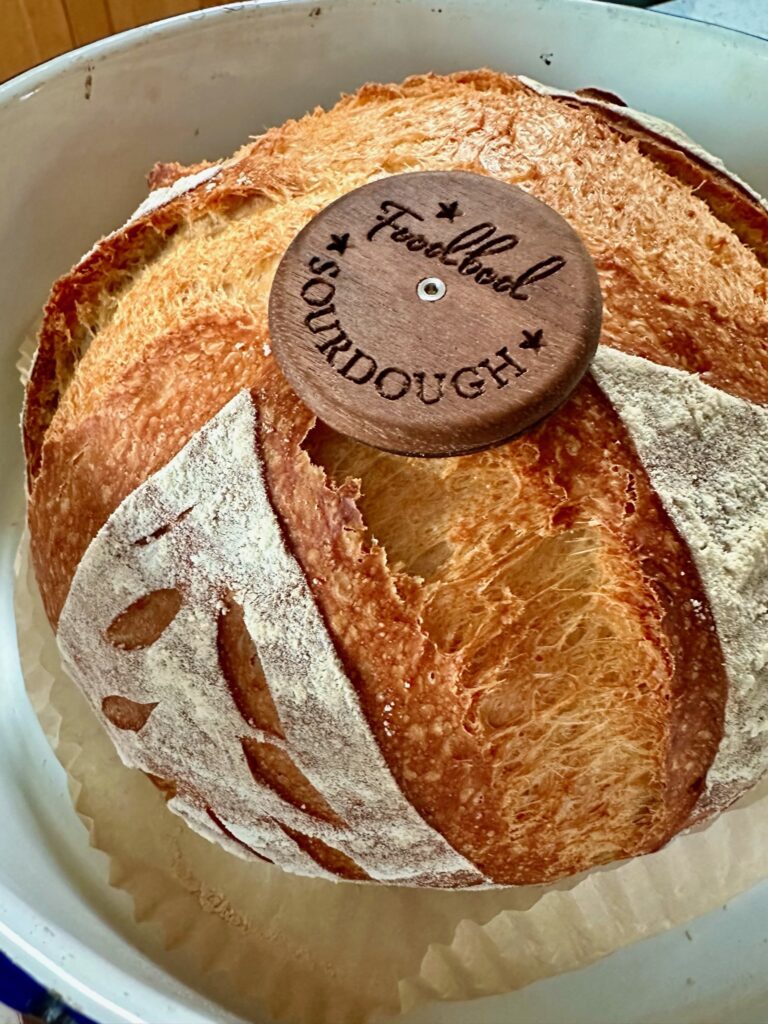
Happy scoring!




